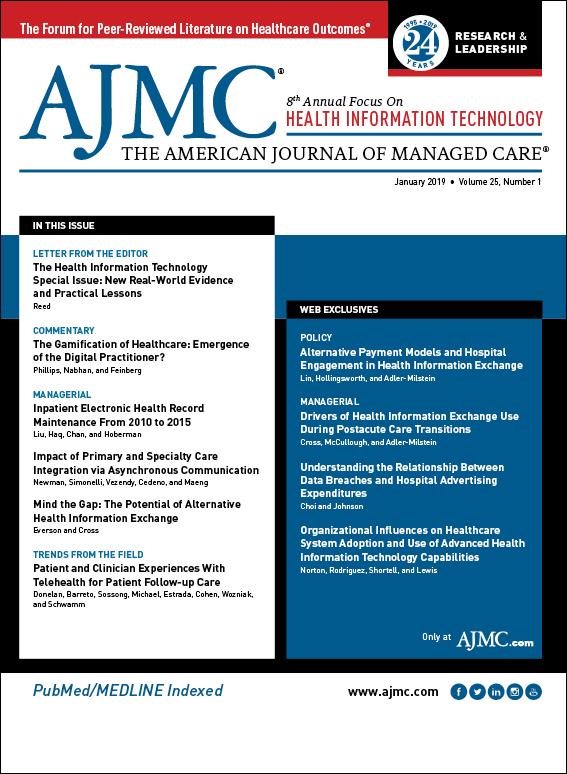Source
The American Journal of Managed Care
http://www.ajmc.com/
Peer-Reviewed Article
November 2015
Based on a review of peer-reviewed and gray literature and interviews, this resource identified eight common attributes of many successful programs that provide better care for people with high needs and high costs of care.
- Targeting is important, even within the group of high-need patients enrolled in a program. More successful programs typically stratify enrollees and provide additional services to certain participants; the key is to identify patients who are most amenable to change.
- The leadership team should span a wide range of clinical and operational disciplines, including physicians, nurses, social workers, pharmacists, and operations personnel.
- Developing close relationships among teams of nurses, social workers, and clinicians and between clinical teams and patients and family members is important. Successful programs are more likely to have care coordinators located in the physician’s office as opposed to remotely; frequent face-to-face interactions help build relationships and facilitate communication.
- Most successful programs evolve over time, periodically updating the program to reflect new information about what is working and what is not. Many programs require a long period of sustained funding before the program begins to save on costs.
Posted to The Playbook on


